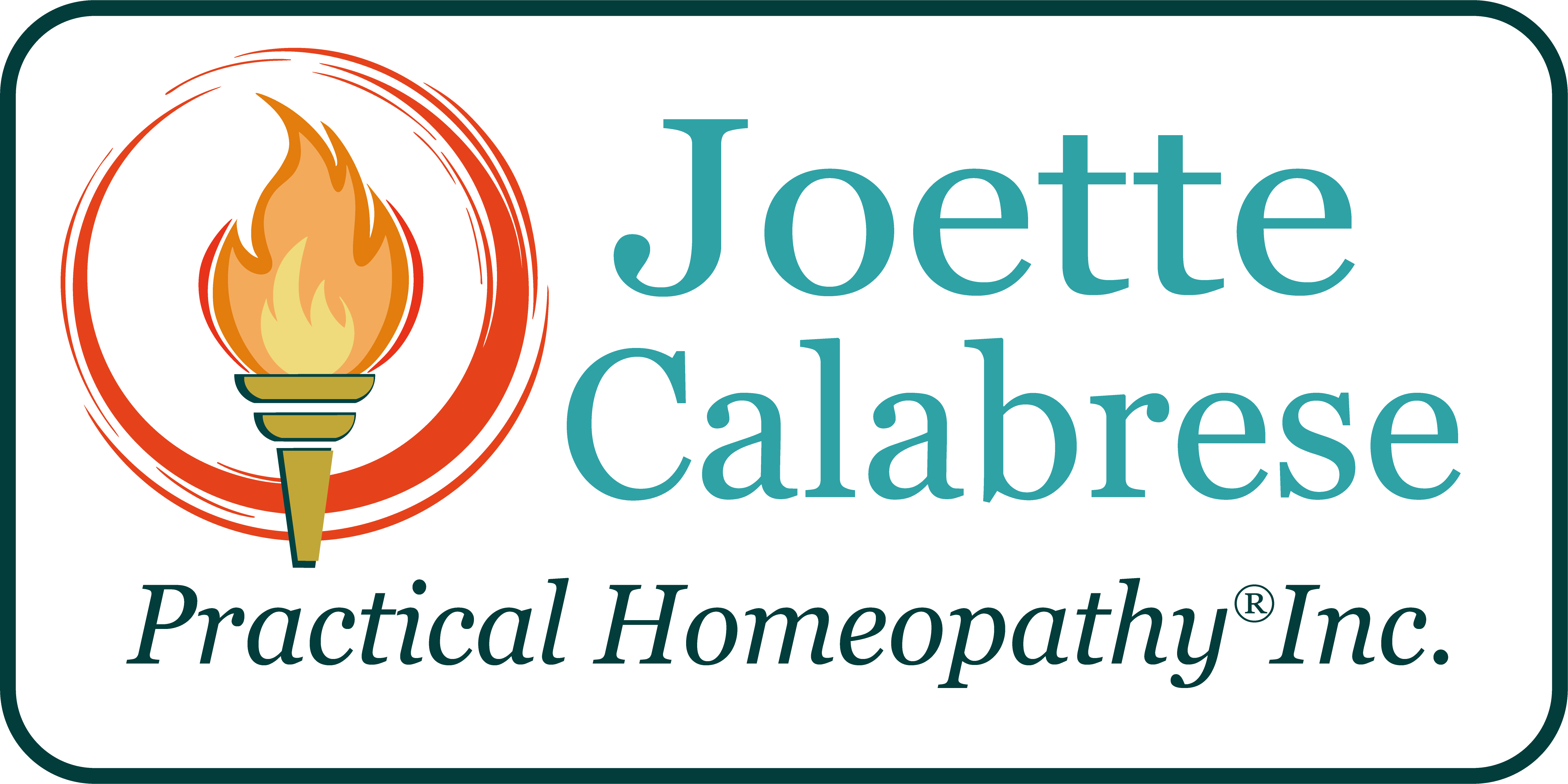Homeopathic Treatment for Influenza
Joette Calabrese,HMC,CCH,RSHom Published in Wise Traditions, Fall 2009, “Malocclusions and Facial Developments” Yesterday, in the house down the block, the Grecos’ thirteen-year-old son Anthony got sick. The family was setting up the annual autumn neighborhood party in their yard and Anthony couldn’t join in. He was dreadfully weak, had a whistley wheeze, and every breath […]
Homeopathic Treatment for Influenza Read More »

